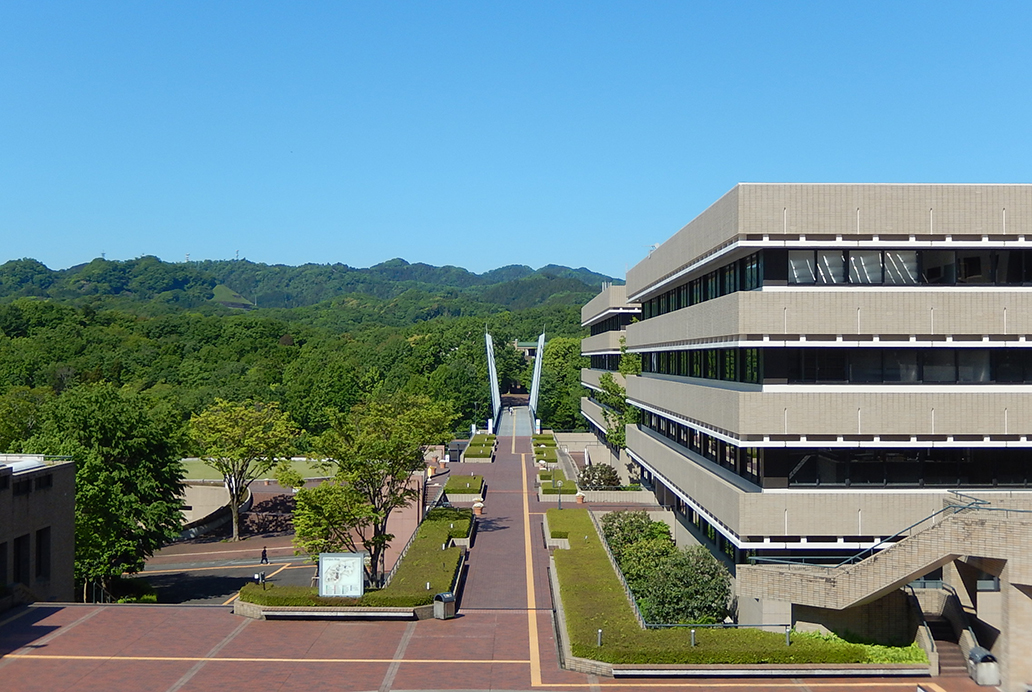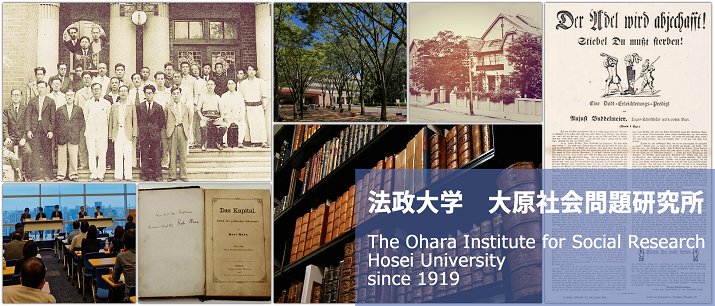
The Ohara Institute for Social Research, Hosei University, is a research institute specializing in labour and social issues. In addition to its research activities, the institute serves as a library and an archive of books and primary materials related to labour and social issues. The institute, founded in 1919, is one of the oldest research institutes in the fields of social science in Japan.
The institute took its name from its founder, Magosaburo Ohara, a business magnate from Kurashiki, Okayama Prefecture. In 1949, the institute became affiliated with Hosei University. OISR.ORG is an official website of the Ohara Institute for Social Research. OISR is an acronym of the Ohara Institute for Social Research.
The defining characteristic of the Ohara Institute of Social Research is its focus on studying social and labour issues. For this, it has a specialized library and resource center that allows access to users regardless of academic qualifications. It also functions as a bibliographic information center for labour issues.
In February 1919, right after the First World War, the Ohara Institute of Social Research was established. Then, after the end of the Second World War, following a merger in July 1949, the Institute became part of Hosei University. The Institute moved to Tama Campus in 1986 and is currently celebrating the 94th anniversary of its founding. Honouring this illustrious more than 90-year history as a center of social and labour issues research in Japan, the Ohara Institute of Social Research is determined to extend its activities in the 21st century.

Activities
Along with the move to the Tama Campus in 1986, the Institute underwent reorganization and refocused its operations. It embarked on four new activities to establish its presence as the foremost research center for social and labour issues in Japan. (1) Setting out to do more than facilitate the studies of individual researchers, the institute began directing the research of experts recruited from inside and outside the campus. (2) The Institute took advantage of being able to properly function as a special library and resource center. (3) The Institute began to emphasize its role as a research information center. (4) The Institute actively sought to become the site of international exchange.
Item (1) involved the creation of numerous project teams, which have so far produced 30 new volumes of OISR publication series. By improving the content of the Journal of Ohara Institute for Social Research, the editors are also working to turn the institutional bulletin into a leading social science journal.
Item (2) also benefitted from the Institute’s long-established reputation as a repository of special books and other resources, enabling it to attract scholars both from Japan and overseas.
Since the 1950s, the Institute has been compiling the serial “Monthly Labour Relations Bibliography” catalog and, in line with item (3), started transferring the bibliography to a computer database in 1988. When the Institute opened its website in December 1996, it provided access to the bibliography database, the poster collection, and other items, including some back numbers of the Journal of Ohara Institute for Social Research and the Japan Labour Year Book.
Success in achieving item (4) can be measured by the Institute’ s growing overseas researchers of Japan. It has welcomed numerous scholars from Korea, U.S.A. and other countries, who use the library and other resources to further their research. The Institute has also hosted international workshops on social and labour issues and is committed to publishing conference papers to spread knowledge around the world.


